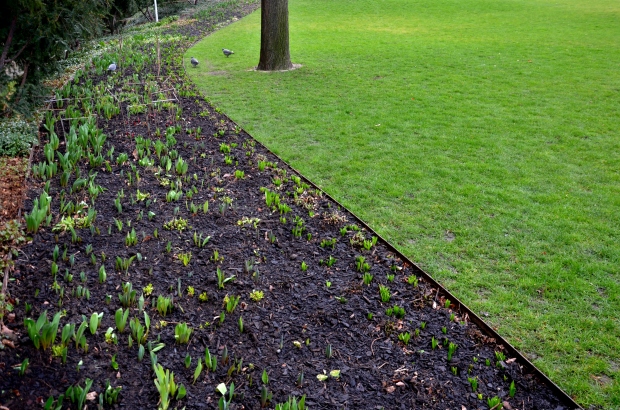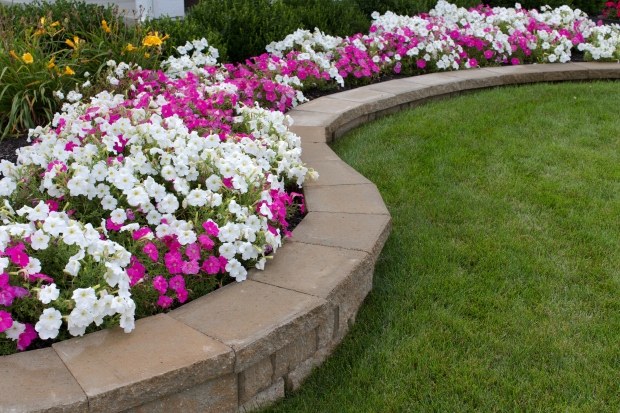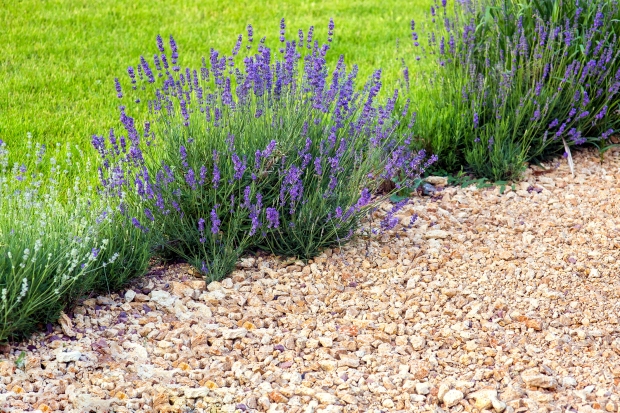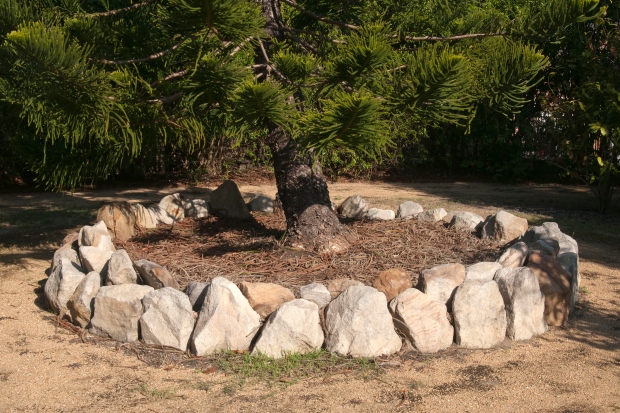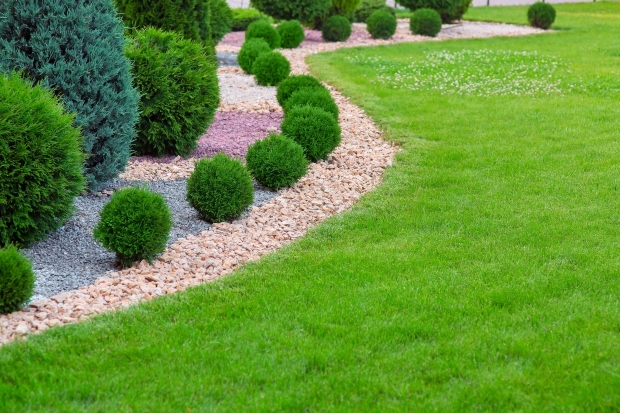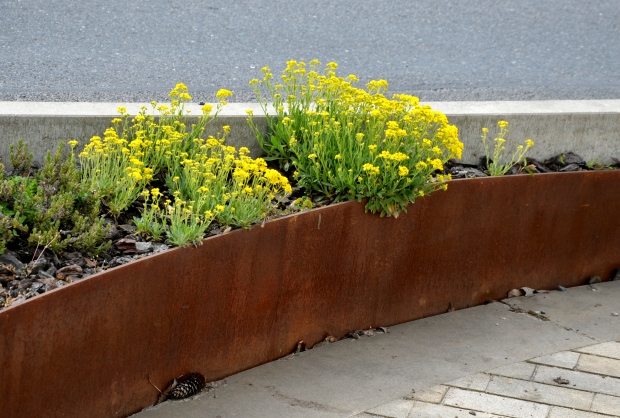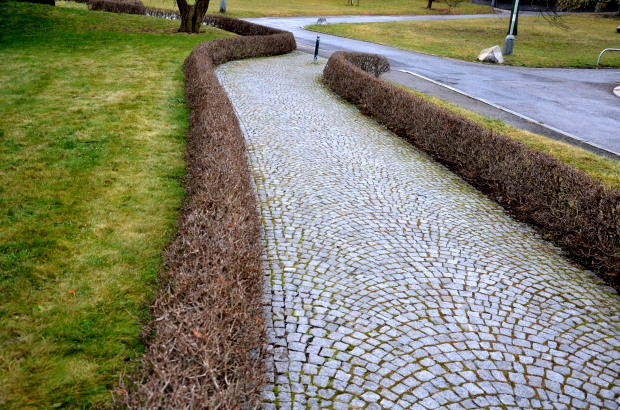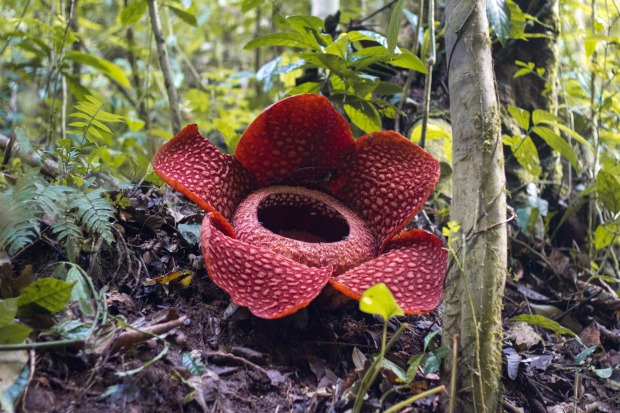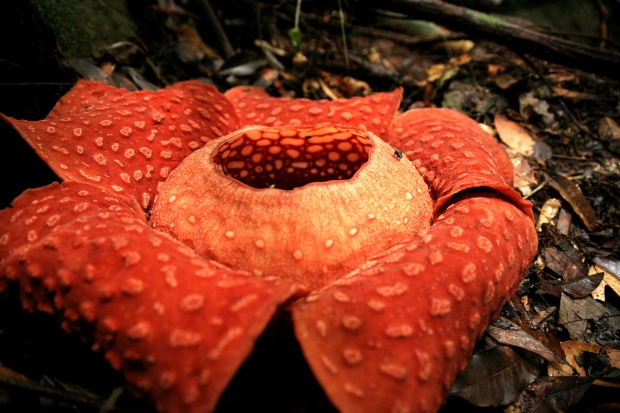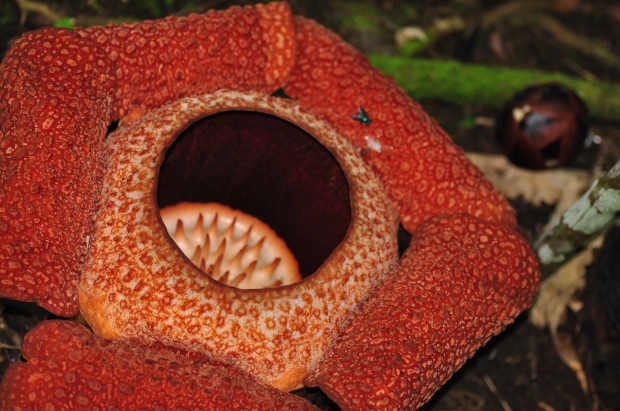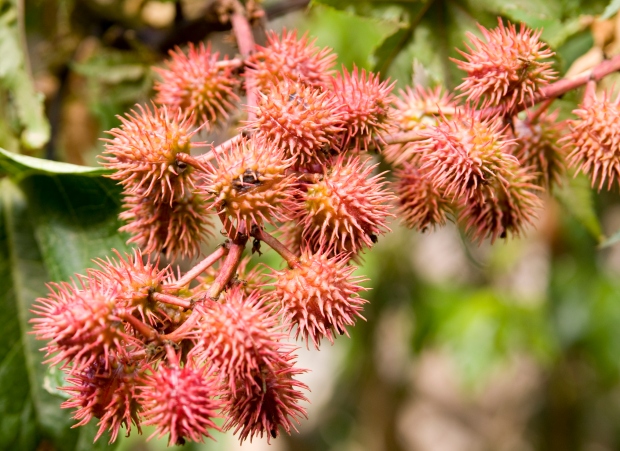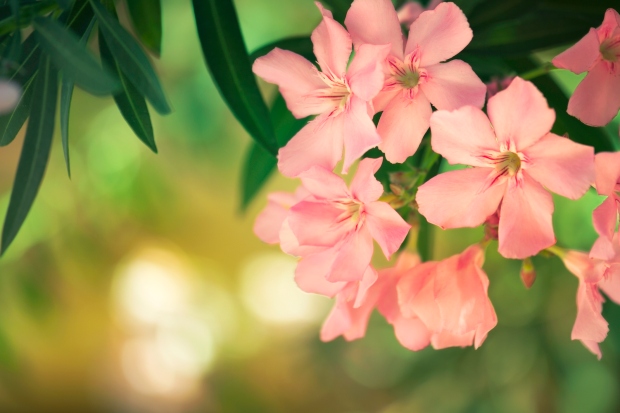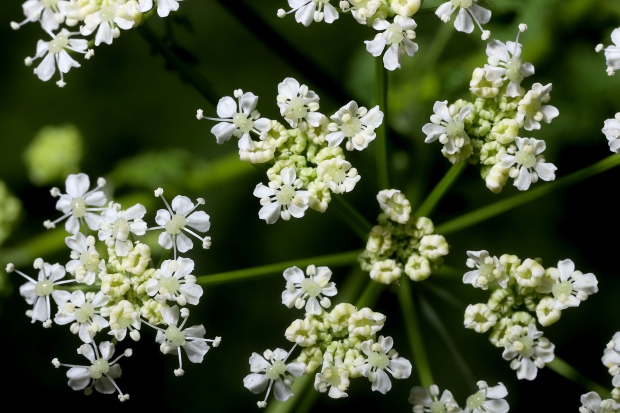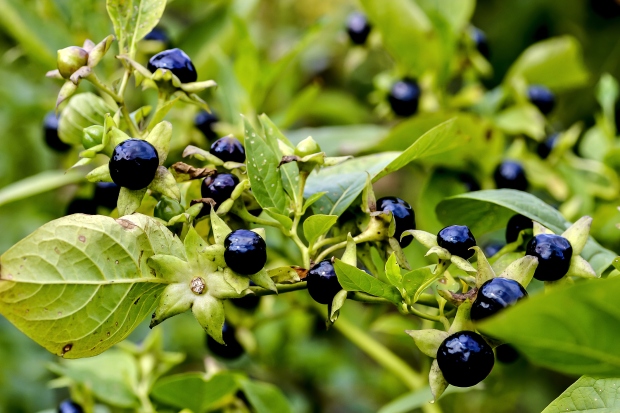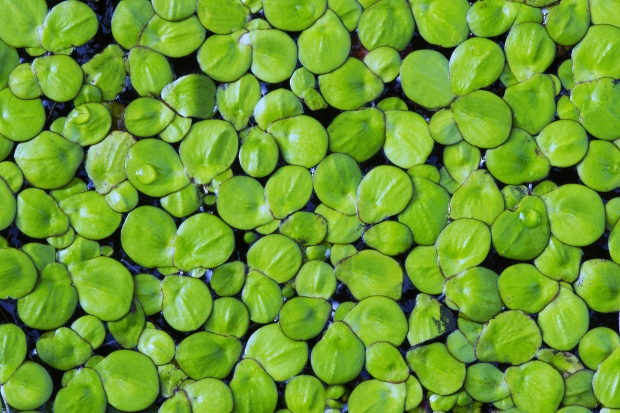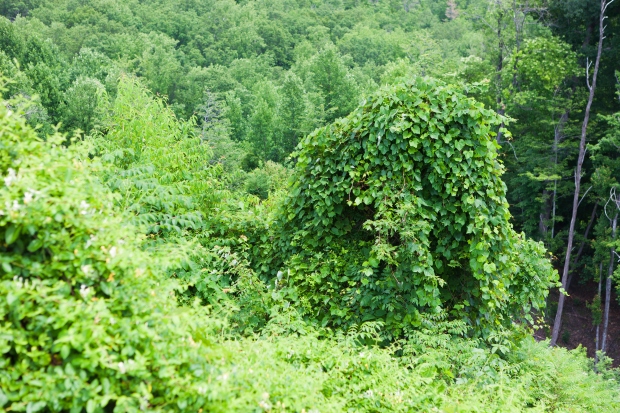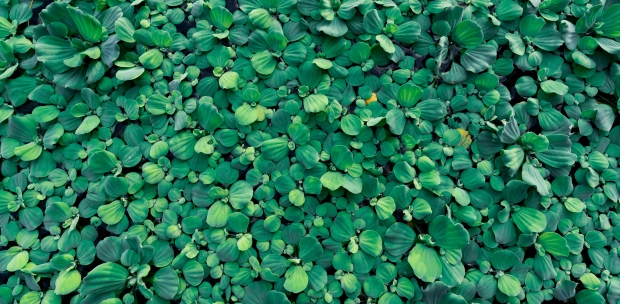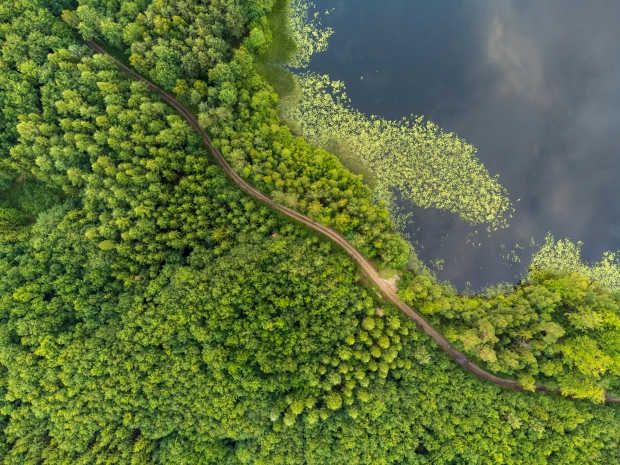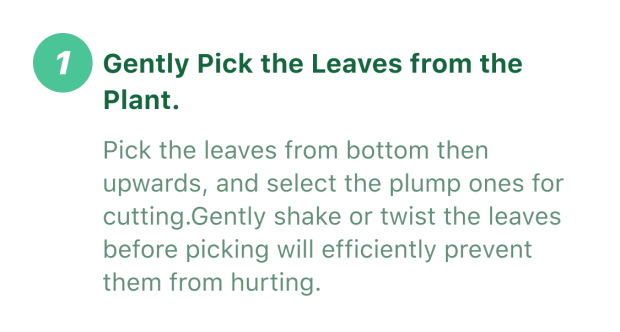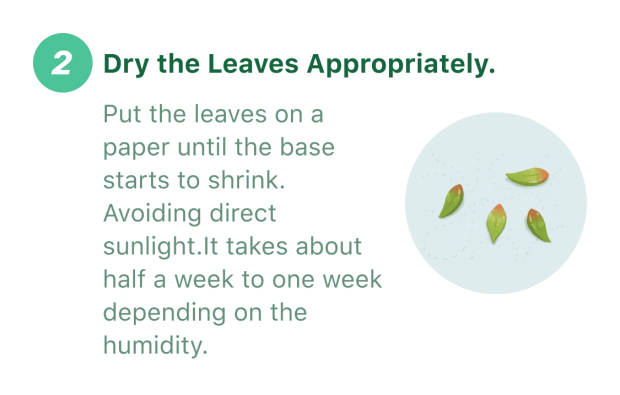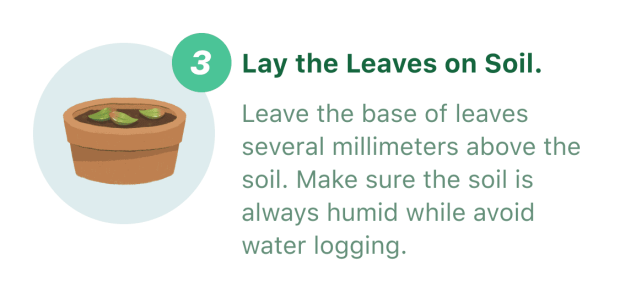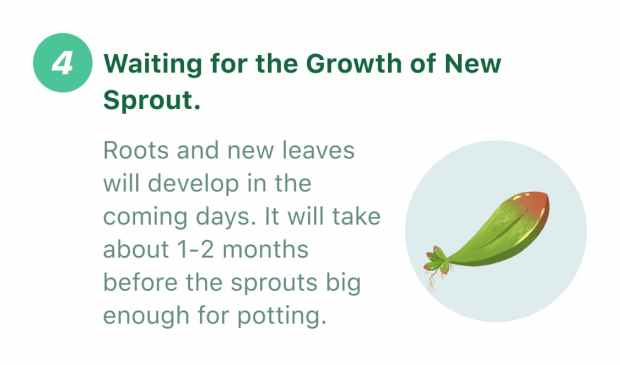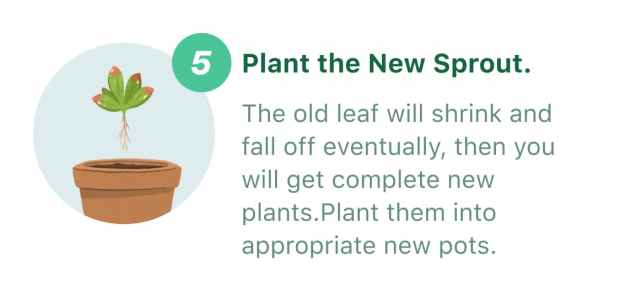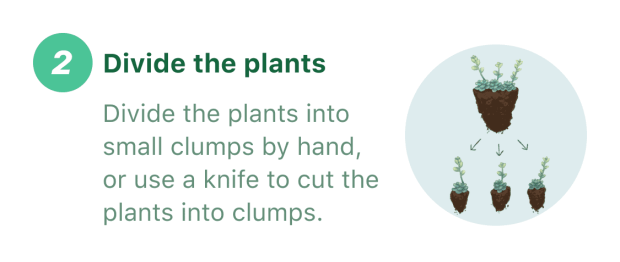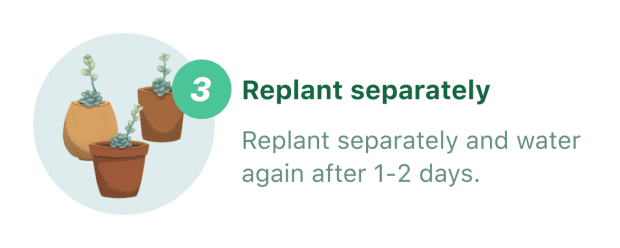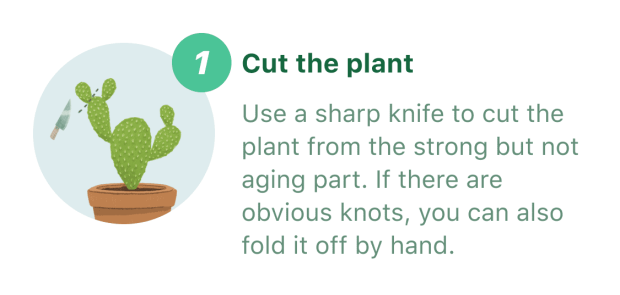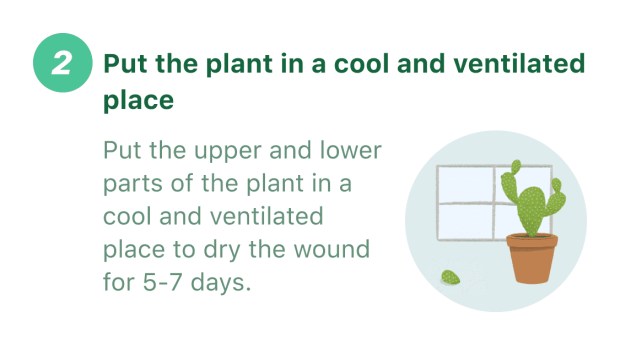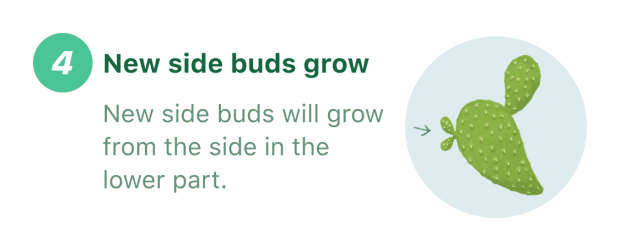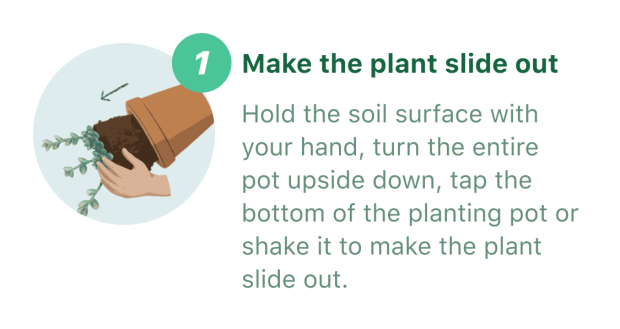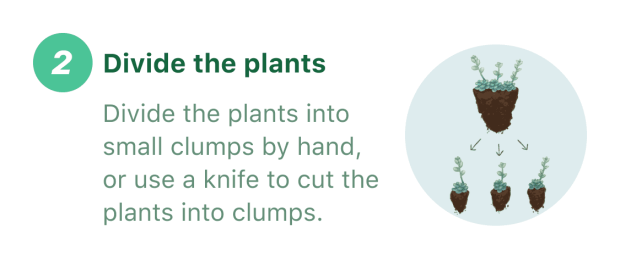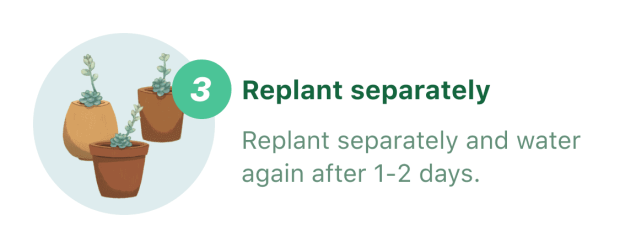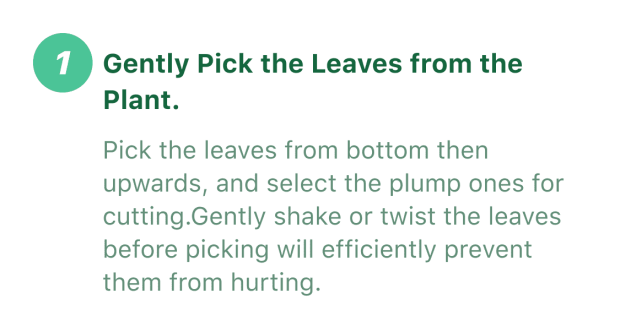Popular Edible Plants With Origins You Would Not Expect
Today, we’re accustomed to eating a wide variety of plants. However, many of these plants, including some of the most popular foods in the world, originate from areas that you might not expect.
Plants provide us with a large portion of the calories we consume daily. Many of these edible plant species have become famous and have ties to specific cultures and cuisines. However, several of the plants we’ve come to associate with a certain country or community may have unexpected origins.

Potatoes are a perfect example of a crop plant that comes from an unexpected region. Today, many of us associate potatoes with certain European countries, such as Ireland. Events such as the famous Irish Potato Famine, which lasted from 1845 to 1852, have led us to build this association. We also recognize that potatoes have become a staple ingredient in many dishes throughout most of the European continent. However, the origin of the potato plant is nowhere near Europe and is not even in the same hemisphere.
Instead, potatoes come from areas of South America, including modern-day Peru. In that region, potatoes have undergone significant cultivation for thousands of years. Evidence suggests that the Incan civilization grew potatoes for harvest as far back as 1,800 years ago. Only after European explorers arrived in the “New World” did potatoes gain an introduction to the Eastern Hemisphere. Since that introduction, the versatility and reliability of the potato plant have led it to become a main fixture in dishes worldwide.
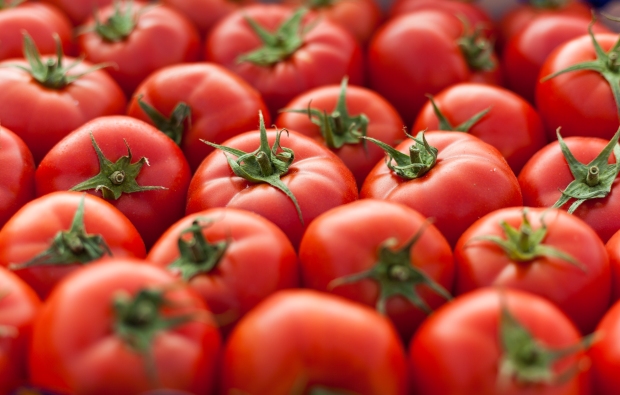
Tomatoes are edible plants that share a similar history to the potato plant. Many people recognize tomatoes as a core component of Italian cuisine. Italians use tomatoes to create red sauces that appear in many popular dishes, including pizza and pasta. Ironically, this go-to Italian ingredient does not come from the Italian peninsula or any of the surrounding Mediterranean regions.
As is the case with potatoes, tomatoes also come from South America, in the Andes Mountains area. Both wild and cultivated tomatoes grew in that region well before “Old World” explorers arrived. The lower altitudes of that mountain range provided the ideal climate in which tomatoes could grow. That environment was neither too hot nor too cold for wild tomatoes to grow abundantly. Indigenous people in the region also created cultivated tomato varieties for centuries. It was not until the 1500s that the tomato plant made its way across the Atlantic Ocean and eventually became a common part of the European diet.

Another widespread edible plant with a surprising origin is the apple tree. There are many associations between apples and the United States. Cultural tales, such as the story of Johnny Appleseed, seem to imply that apples have long been a feature of the North American landscape. Other stories strengthen these beliefs, such as the idea that apple pie has become an emblematic feature of traditional American life. But, yet again, this delicious fruit is neither endemic to the United States nor the entire Western Hemisphere.

The original apple tree species come from areas of Central Asia near the Caspian Sea. Today, countries such as Kazakhstan occupy the region. Interestingly, the name of Kazakhstan’s capital, Alma Ata, translates to mean something along the lines of “full of apples,” which indicates the importance and long history of apples in that area.
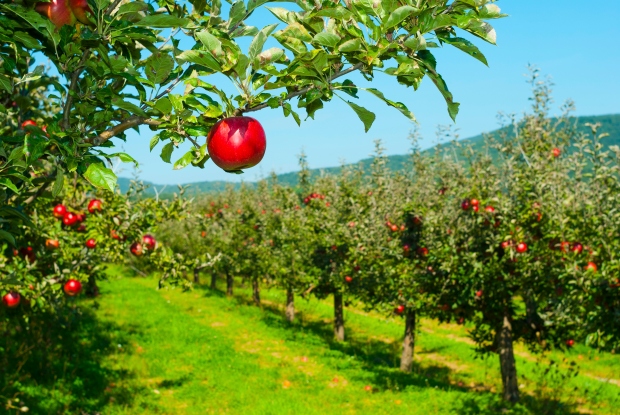
However, apples did not remain exclusive to the Central Asian region for very long. The best estimate of researchers suggests that apples were a food source for hunter/gatherer societies more than 700,000 years ago during the Paleolithic Era. Following their discovery, apples underwent cultivation and became popular in many ancient civilizations, such as Egypt, Rome, and Greece. In the 1500s, the Spanish chose to bring apples with them on their voyages across the Atlantic Ocean. This transfer caused apples to become ubiquitous throughout the Americas and ultimately led many people to hold the false belief that apples have their origins in America.
The strong cultural ties that many edible plants have today cause many people to confuse their true origins. As the information above shows, many of the most popular plants come from places that you would not guess first. Potatoes, tomatoes, and apples are among the many edible plants with surprising origins. But through exploration and the transfer of goods between cultures, these foods have become famous globally.
